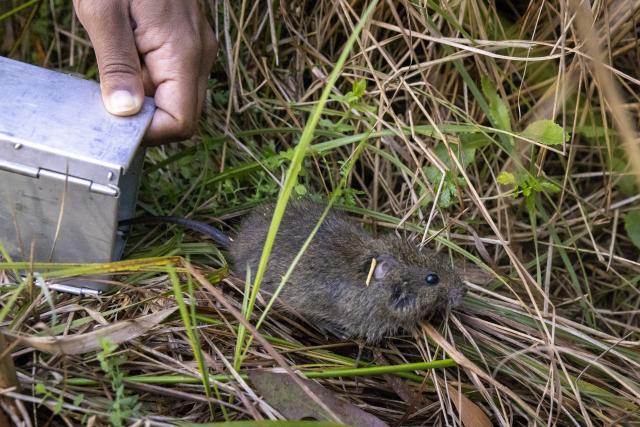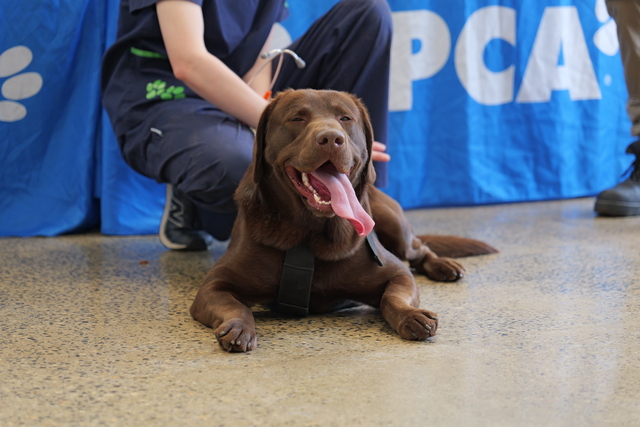The Australian Government has added more than 20 plants and animals, including one most commonly found in the Yarra Ranges, to the threatened species list ahead of a daunting bushfire season.
The broad-toothed rat, found in the Yarra Ranges National Park and the Dandenong Ranges National Park has been reclassified from vulnerable to endangered in the recent update.
The additions join the list of over 1700 species listed for protection.
Environment Minister Tanya Plibersek said previous fires had pushed species to the brink.
“As the weather turns hot and dry again, we’re acting to give our wildlife a better chance during the next bushfire season,” she said.
“Preparing now will help us save more endangered animals and plants if fires break out.”
The Department of Energy, Environment and Climate Action (DEECA) has the broad-toothed rat currently listed as Vulnerable to extinction under Victoria’s Flora and Fauna Guarantee Act 1988 (FFG Act) and is set to take on the Federal Government’s conservation status in due course. The Victorian Environment Minister is awaiting formal notification from the Federal government before Victoria can adopt the updated status of affected species and amend the FFG Act Threatened List accordingly, achieved through Victoria’s Scientific Advisory Committee and Ministerial statutory process which will take place in the coming months.
“Through Biodiversity 2037 and a record investment of $582 million since 2014, we are able to protect Victoria’s natural environment and halt the decline of our native flora and fauna,” a DEECA spokesperson said.
Broad-toothed Rat populations have been decimated by cats and foxes, habitat destruction, population fragmentation, bushfires and climate change, with the species having disappeared from more than 50 per cent of the areas they were found in prior to 1990.
Ms Plibersek said the commonwealth needed to work more closely with state, territory and local governments to ensure environmental protection laws were properly carried out.
“Housing developers also needed to play a role in ensuring new homes were not coming at the cost of threatened species,” she said.
“(We need to make sure) if we’re going to build housing, we’re still protecting the most important areas and we’re also doing things like planting new wildlife corridors to connect up bits of remnant bushland,” she told ABC Radio on Wednesday 8 November.
With funding from the Victorian Government after the 2019-20 bushfires, the Arthur Rylah Institute and Museums Victoria undertook surveys for the species finding that sites surveyed post-fire indicated that there is considerable damage from introduced herbivores which has ushered in landscape-scale introduced herbivore control to mitigate the effects where the small rodent is found. Genetic sequencing and a risk assessment to facilitate potential genetic rescue were also conducted and will be incorporated into the Action Statement once it is published within 6 months.
“We need to have better laws, but we also need to send a strong message to developers to say nobody wants to live in hot, baking dry, new developments,” said Ms Plibersek.
“You do better with developing places where people want to live … where they can see mature trees left in places, where they can see areas of natural bushland remaining.”
A Zoos Victoria Wildlife Detection Dog, Moss, managed to uncover a previously undiscovered population of Broad-toothed Rats in the Coranderrk Bushland next to Healesville Sanctuary. After sniffing out the species’ distinctive grass-filled bright green scat, researchers were able to survey the area and find three of the rats, which will remain where they are as it is a predator-free, fenced area.







